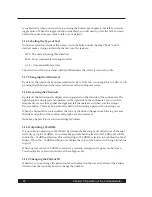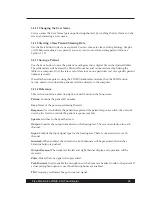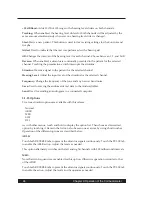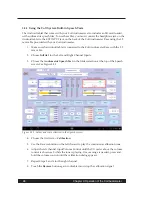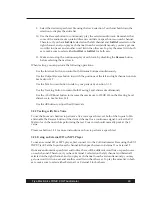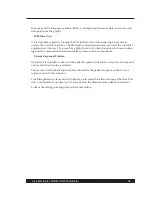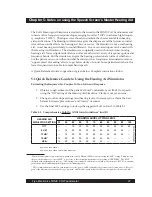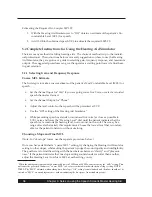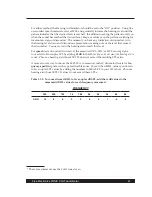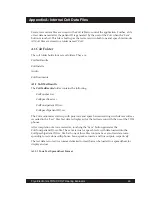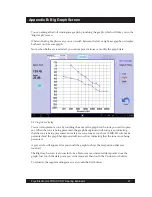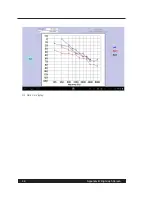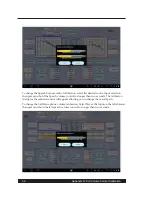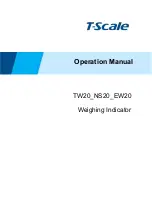
Frye Electronics FONIX COLT Audiometer
37
Chapter 5:
Notes on using the Speech Screen's Master Hearing Aid
The Colt's Hearing Aid Simulator is similar to that used in the FONIX FA-10 audiometer and
consists of five frequency-response slopes, ranging from flat (“Off”) to extreme high-frequen-
cy-emphasis (“HFE”). The slopes were chosen to simulate the choices available in hearing
aid specifications. The Hearing Aid Simulator gives the dispenser and the listener an initial
idea of the acoustic effects of a hearing aid, but, of course, the Simulator is not a real hearing
aid. A real hearing aid is likely to sound different. Live or recorded inputs can be used with
the Hearing Aid Simulator. The simulator was originally used with older forms of analog
hearing aids. Newer digital aids often can offer a much wider variety of response options and
frequency bands. But the simulator can give the hearing professional an idea of whether or
not the patient can work with sound that has mid and low frequencies attenuated to remove
"upper spread of masking" effects to get better clarity of sound. Some patients must have the
lower frequencies to be able to comprehend speech.
A Quick Reference Guide to operation is given below. Complete instructions follow.
5.1 Quick Reference Guide to Using the Hearing Aid Simulator
Estimating the Required 2cc-Coupler Full-on Gain and Response
1. Obtain a rough estimate of the patient’s Most Comfortable Level (MCL) for speech,
using the "Off" setting of the Hearing Aid Simulator.
†
Clarity is not yet an issue.
2. Change to other slope settings (and hearing levels, if necessary) to achieve the best
balance between "pleasantness" and "clarity" of sound.
3. Use the final MCL settings to look up the suggested Full-on Gain* in Table 5.1.
Table 5.1: Comprehensive Full-On ANSI Gain Guidelines* (in dB)
HEARING AID
SIMULATOR SETTING
HEARING LEVEL AT FINAL MCL
50
55
60
65
70
75
80
85
90
95
100
Off
‡
—
—
15
20
25
30
35
40
45
50
55
6 dB
‡
—
15
20
25
30
35
40
45
50
55
—
12 dB
‡
—
15
20
25
30
35
40
45
50
55
—
18 dB
‡
15
20
25
30
35
40
45
50
—
—
—
HFE
#
15
20
25
30
35
40
45
—
—
—
—
‡
HFA—1000, 1600, 2500 Hz
#
SPA—2000, 3150, 5000 Hz (for ski slope losses only)
†
When the audiogram slopes notably downward between 250 Hz and 1000 Hz, consider using the “6dB” setting. This will cause
the perceived loudness at “coarse MCL” to be closer to that obtained with the final slope setting. NOTE WELL: The “MCL”
obtained with anything but a flat slope (“Off” setting) is not standard, and therefore should not be entered as “MCL” on an audio-
gram sheet without indicating the divergence from standard practice.
* The recommendations for full-on gain assume a reserve gain of 10 dB available to the patient at the volume control. “Reserve
gain” is the difference between the average “use gain” and the full-on gain. All values have been rounded to the nearest 5 dB.
FULL-ON GAIN


